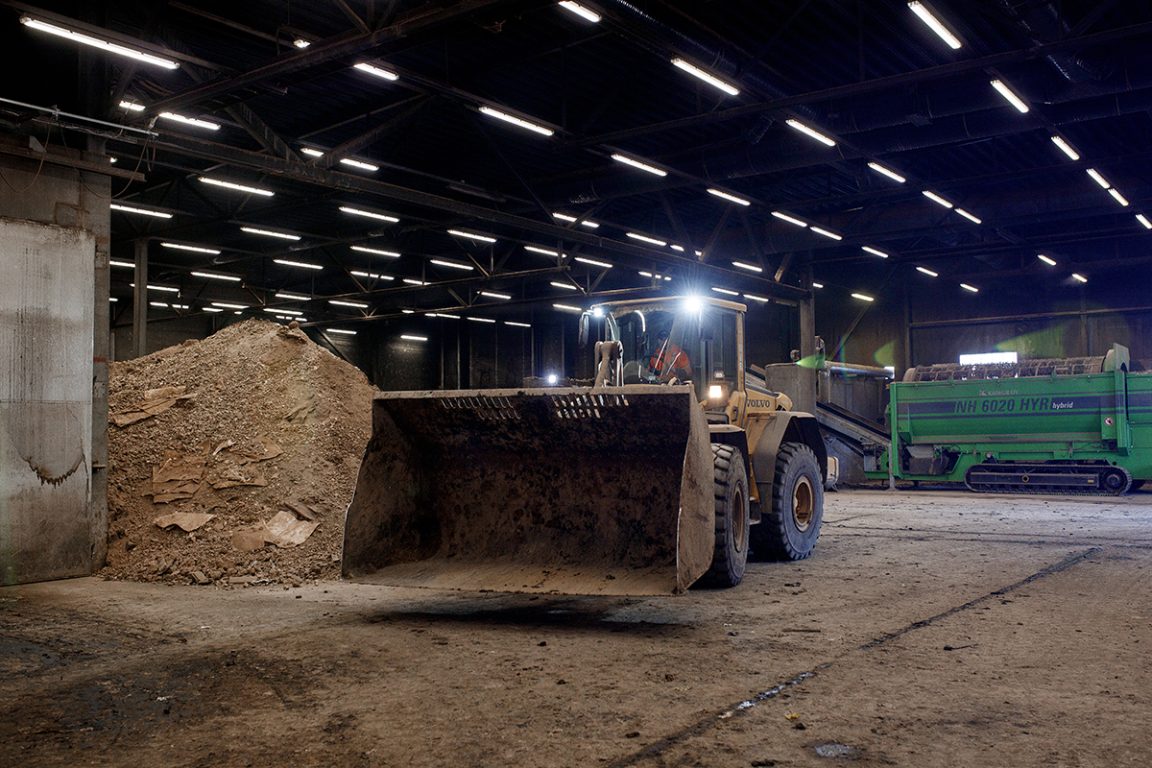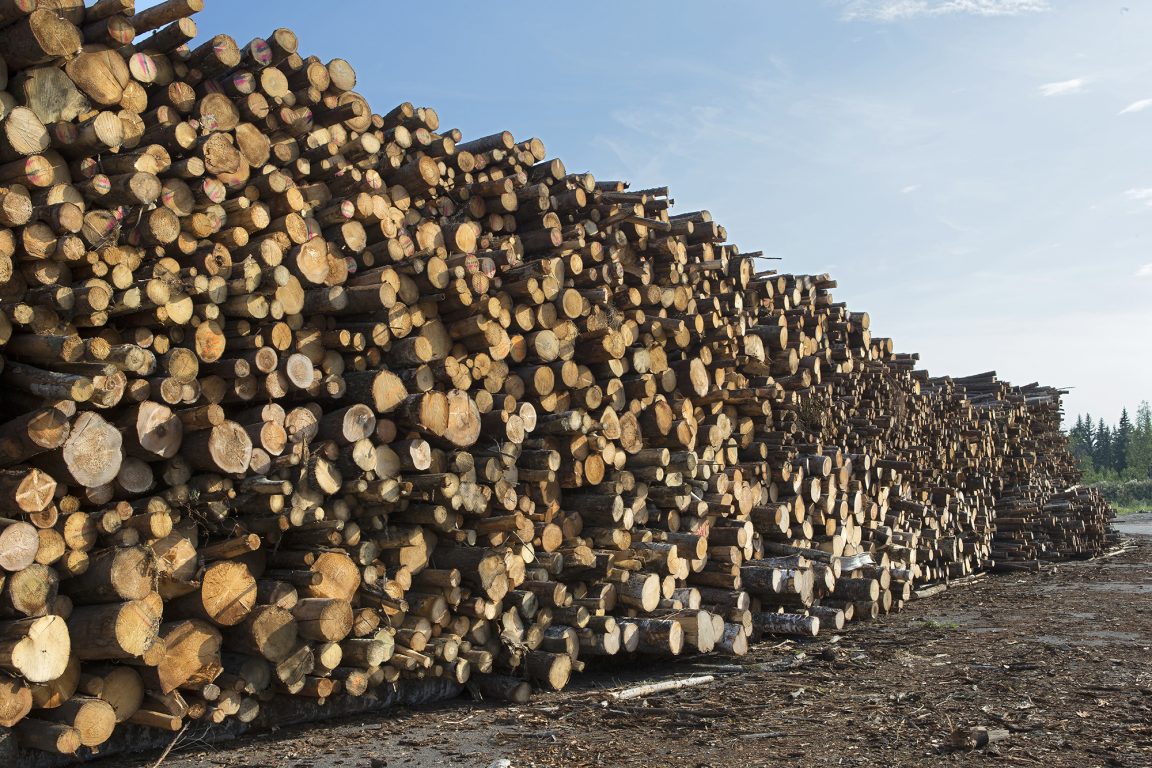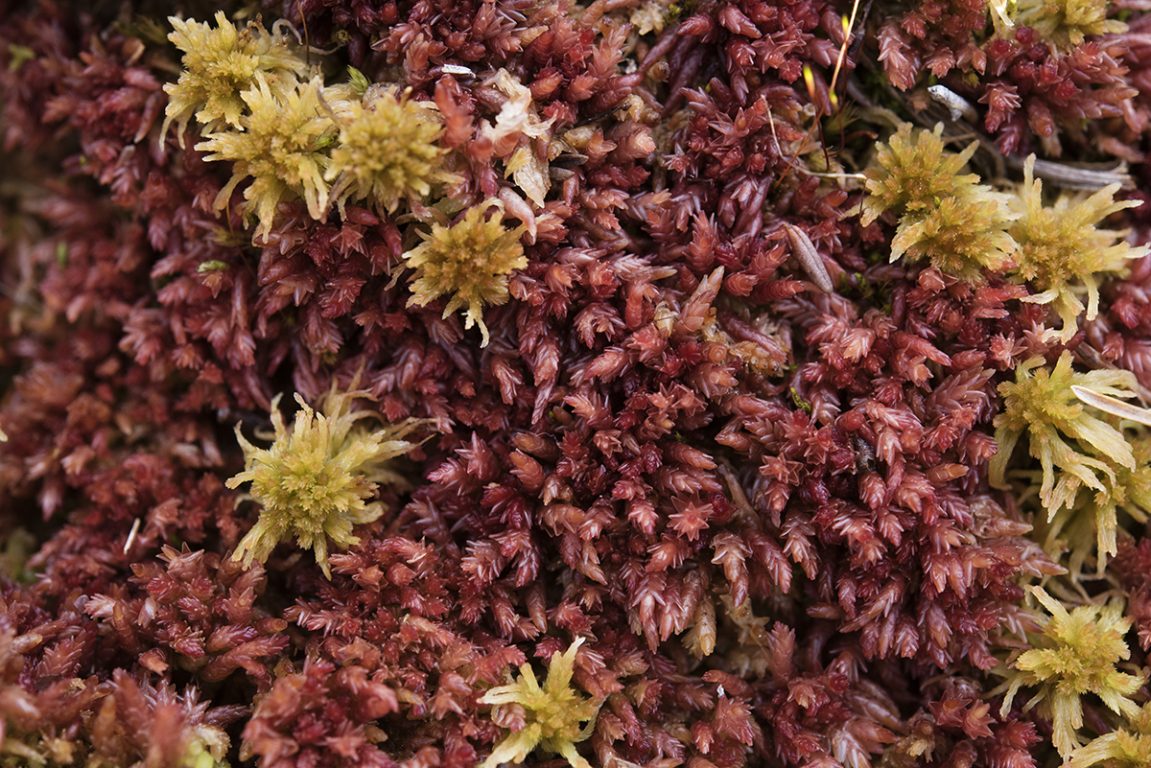Kekkilä-BVB improves environmental impact with circular economy products
In this series of articles, we show how Kekkilä-BVB promotes the circular economy. In this first article we put the role of soil in the circular economy in the spotlight. We consider what sustainable soil really is and explain how we create growing media in our journey toward a circular economy.
The European Union’s goal for 2050 is to be a society based on a circular economy, for Finland it is even 2035. In a circular economy, all kinds of waste and wastage are reduced: Goods are made to last longer and raw materials are kept in circulation, for example by recycling materials and reusing products for different purposes. Overconsumption is reduced, goods are repaired more than at present, and the joint use of products is increased.
Circular economy is a modern word, but there is old wisdom in it. The current kind of waste and use of disposables is actually quite new for humanity. The circular economy is about valuing and cherishing things and raw materials. This is important, because natural resources are used in the world well beyond what one earth is enough for.
A sensibly implemented circular economy curbs climate change and loss of nature, but society’s security of supply and resilience also increase when materials are used again and again locally.
In order to move to a more sustainable base than the current one, European countries have implemented strategic programmes for the circular economy. The implementation of these programmes always requires the involvement of society as a whole. In this article series, we explain in more detail how Kekkilä-BVB participates in the implementation of common circular economy goals.
Growing media that save natural resources
Let’s start with the growing media. In order to grow, plants need a suitable substrate, to which they can attach their roots and from which they can take water and nutrients. When looked at better, the growing medium is a kind of soil made from a mixture of different raw materials. Together, they bring a suitable structure to the soil, i.e. for example the right amount of airiness, nutrients and water-binding capacity.
Kekkilä-BVB manufactures growing media for many uses. For consumers, we sell products pre-packaged, but for the needs of landscaping, such as urban green areas, parks and roadsides, we often prepare the growing mediums according to the customer’s needs and delivered to the destinations per truck. In addition, Kekkilä-BVB manufactures growing media for professional growers in gardens and greenhouses.
We have improved the environmental impact of growing media by introducing new, rapidly renewable raw materials and effectively transitioning to a circular economy.
Compost – nutrient-rich recycled raw material
One of the most important raw materials for soil are various composts. Kekkilä-BVB produces its own composts at its own composting plants in Finland. At the plants, we transform various types of organic waste into growing media.
For example, at Teuva’s facility in South Ostrobothnia in Finland, we collect and compost green plant waste from greenhouse growers in nearby areas, i.e. spent growing media, plant stems and leaves. That way we produce high-quality green compost, which we then use as a raw material for soil. This recycled raw material is used both in large landscaping projects as well as in products sold to consumers.
Kekkilä’s composting facilities also compost biowaste from municipalities and companies. We use this to make growing media for the needs of landscaping.

For example, in Finland, the Nurmijärvi composting plant receives biowaste from consumers and shops from nearby municipalities, various types of sewage sludge and various organic side streams from local industrial plants. These all get a new life through processing and composting, for example as tree substrate in parks or in the soil roof gardens.
The production of the raw material for growing media in this way is already fundamentally sustainable. This way we put biowaste to good use, instead of it taking up space in landfills and producing greenhouse gasses as it decomposes there. In addition, using waste streams locally reduces transport and the related emissions. The use of different composts in growing media also significantly reduces the need for mineral fertilizers, because green compost is very nutrient-rich and its microbial activity is high.
Local materials for soil
Unique properties of peat
We also need other components for a good, high-quality growing media. Peat is traditionally a widely used growing media material, because it is abundant in Nordic and Baltic countries and its properties are unique. It is a pure natural material with no weed seeds or plant diseases. Also, peat has excellent water holding capacity and naturally contains substances that promote plant growth. Due to this we use it both in potting soils sold to consumers, as well as in substrate mixes intended for landscaping. Additionally we can add it to the growing media for professional growers.
Since the climate effects of peat harvesting are significant, it is wise to reduce its use.
Kekkilä-BVB is constantly developing more different raw materials for growing media and, for example, has just launched a completely circular growing medium for consumers in Finland and Sweden. In addition to green compost, this soil is made from domestically grown moss and wood fiber.
Wood fiber made of waste wood
In Parkano we make wood fiber from wood that has accumulated as a byproduct of harvesting from peat production areas. We can also make the fiber from many types of leftover wood and thinning wood.
The wood fiber is chopped from leftover wood on the new bio-fiber line of the Kekkilä-BVB Parkano factory. Kekkilä-BVB has invested in a line that makes it possible to manufacture new kinds of recycled products.
It is a good growing medium material as it is natural and light and can be made from raw materials available nearby. From the point of view of the plants, the fiber brings porosity to the soil mixture, which is important for the development of the roots.
Fast renewing moss
The third component of this circular growing soil is moss, which is excellently suited as a substitute for peat. Moss also renews itself faster than peat, about one centimeter per year, and its climate emissions are less than a fifth of peat emissions. After the moss is harvested, the species regenerates quickly, as long as the moss is not harvested too deeply. Moss can also be cultivated, for example, in former peat production areas. The availability is currently limited and we are researching how to increase supply.
“Taking responsibility means innovating and balancing value choices.”
The many dimensions of sustainability
Moss, peat and wood fiber used in growing media are returned to the natural cycle as natural materials. Some we first reuse as part of economic cycles: for example we collect peat-based growing media from professional growers in Finland to the Teuva composting facility. There we process it into raw material for new soil.
However, no material, whether degradable or renewable, comes from a vacuum: all raw materials have some kind of effect on the surrounding world. That’s why the use of raw materials means continuous monitoring, reflection and evaluation of the effects.
For example, the collection of moss affects the local nature. Also its repair requires a lot of surface area if the use of moss becomes significantly more common. Moss grows about one centimeter per year. Therefore a maximum of 30 centimeters is collected from one area every 30 years. The moss cover renews itself when it is harvested, taking care of the continuity.
Sustainable moss harvesting

Our parent company Neova has developed sustainable moss harvesting practices and processing for several years already. And, together with other operators in the field, it has drawn up work instructions for sustainable moss collection.
Kekkilä-BVB only accepts for its products moss grown and collected according to the principles of sustainable collection. The moss used by Kekkilä-BVB is also always certified with quality and environmental certificates (ISO 9001 and ISO 14001).
The suitability of moss for use as a growing medium has been studied in Kekkilä-BVB for a long time, because with the help of this moss it is possible to reduce the use of peat.
Other materials in growing media
Many materials are sustainable and renewable in themselves. However how much we use them, and which other material’s place they fill, affects the level of sustainability. We use, for example wood, together with other raw materials in addition, to create growing media. However there is fierce competition for many materials, including side streams and waste. Also the energy crisis has tightened it even more. Therefore several side and waste streams, that we could have been using for the production of organic raw materials, are now also used for burning for energy.
It depends on the situation when a certain use is the most sustainable. For example, coconut fiber is sometimes used to replace peat in growing media. But how reasonable would it be to build the cultivation of domestic plants on top of global dependencies? And how will coconut plantations and shipments affect the balance of nature if the need for coconut continues to grow?
Choices are not one-off, and they are always value choices as well.
At the core, quality and locality
We find locality an important value. In these times, the importance of this is emphasized. Peat is a domestic, excellent, valuable raw material that cannot be completely replaced yet. We research new domestic materials, and take effort to put them into full use as soon as possible.
At the same time, quality is at the core of sustainable and responsible operations.
Nurturing of the value of raw materials is the core of the circular economy, and it also applies to growing media. We take careful responsibility of using raw materials, use them to make high-quality products tailored for different uses. Whereby we ensure plants grown in our substrates grow as well as possible.
For each plant, the optimally chosen growing media has the right fertilizer balance, pH, porosity, water retention and water movement, it is full of microscopic life and tolerates different weather conditions. The high-quality product also keeps well in its packaging on the way from the factory to its destination. So a new green life can sprout in it, which as it grows binds carbon and produces oxygen and above all creates well-being that continues to spread.
In the next part of the story series, we will tell you what kind of material cycles Kekkilä-BVB implements in landscaping and composting plants. Kekkilä-BVB’s strengths in the development of cycles are networking and long experience with materials and their testing.
This article is based upon a posted article by Kekkilä Garden.